Beneath the earth lies a world you never expected. Photographer Marco Serventi takes us deep into the Australian outback in Elsewhere, his first-prize-winning photo series for Playbook’s 2025 Photo Competition— Hidden in Plain Sight. In this interview, Marco shares how his creative process blends relationship-building, research, and curiosity to unveil the unexpected—like a desert community living just underneath the surface.
Meet Marco Serventi
Marco Serventi's journey as a photographer and videographer began in Lugano, a small Swiss town near the Italian border where he was born. It all started with a film camera his parents gave him for his birthday. Photography was initially just a hobby, with Marco capturing family holidays.
Over time, he grew increasingly interested in visual storytelling, which led him to pursue a degree in Film Studies at the Université de Lausanne. His creative path truly took shape in Australia, where his personal work delved into themes of community and the ways people uniquely interact with their environments. He calls photography “a tool that requires nothing more than a small camera and your presence to begin telling stories” — a philosophy that shines through in his work.
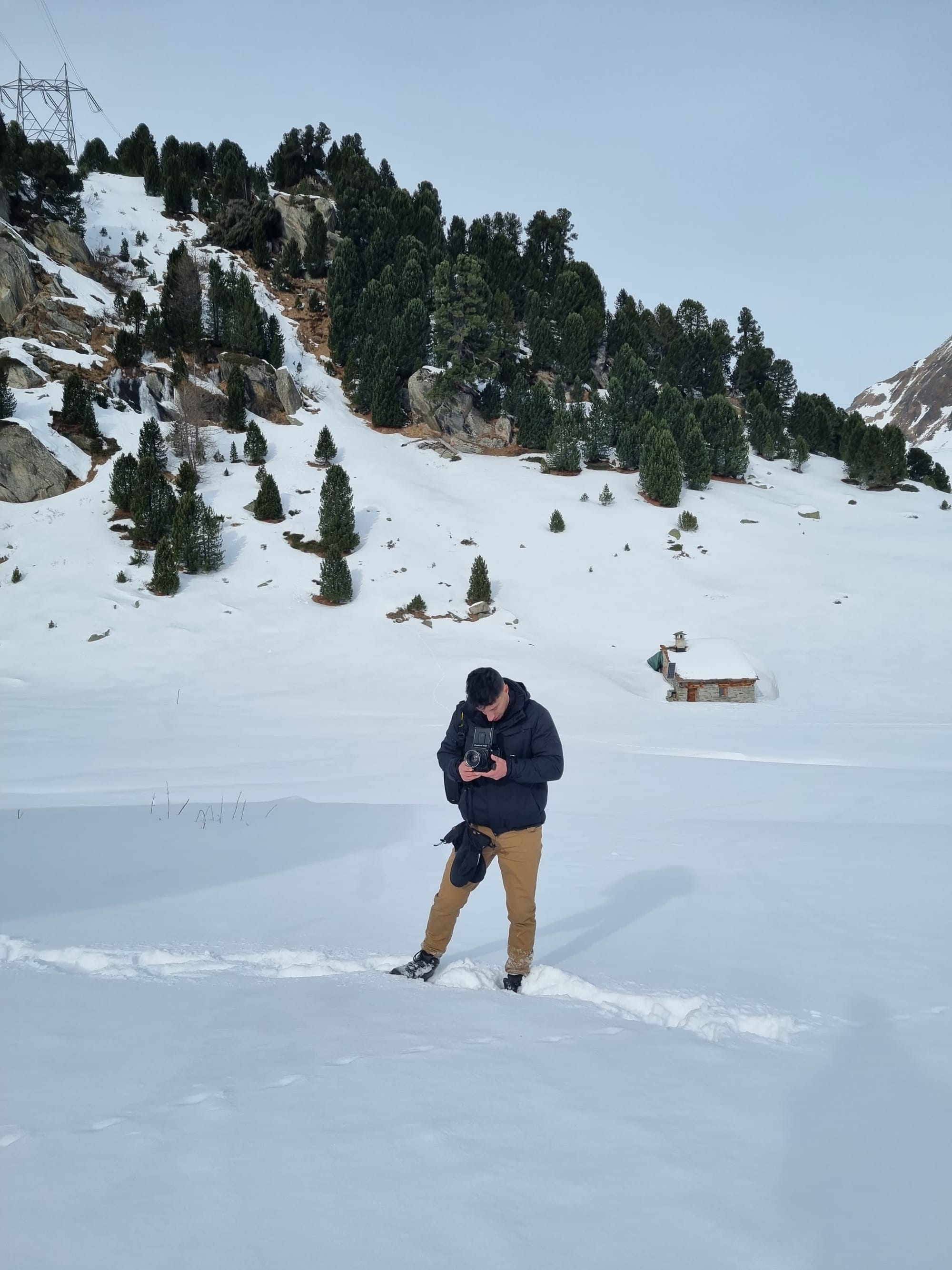
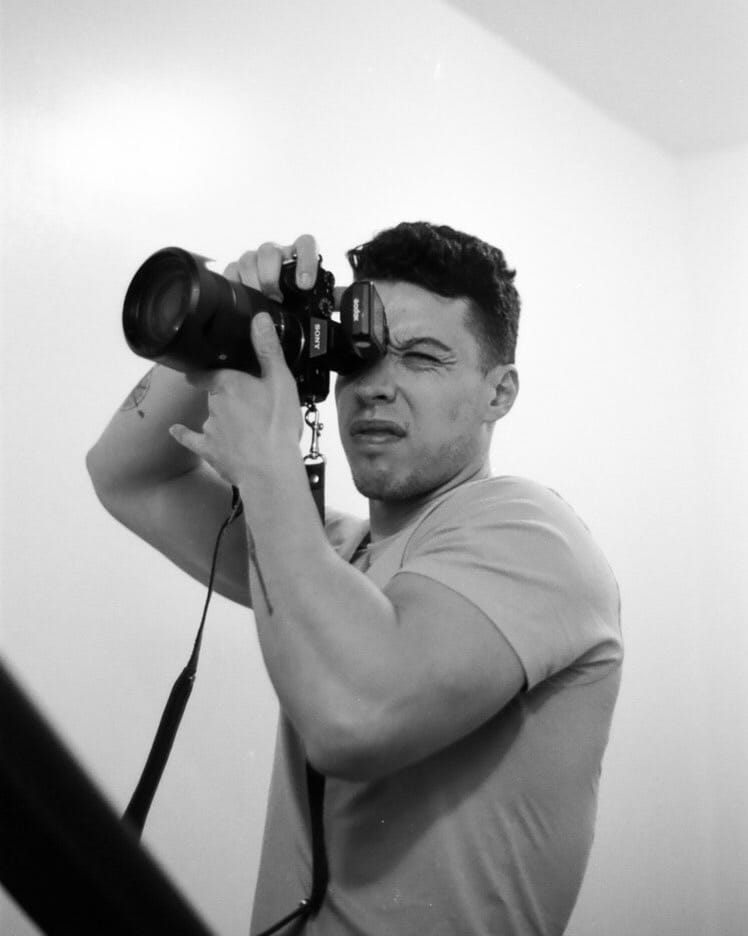
Marco Serventi: Behind the Scenes
About Marco's Portfolio: Elsewhere
At first glance, White Cliffs seems unremarkable, just “a sea of small dirt hills, remnants of abandoned mineshafts dug over a century ago during the opal mining boom”. Elsewhere features a small town in outback New South Wales, Australia, where just below the surface lies a hidden underground community of approximately 200 people. Here, people live in subterranean homes, shielded from the extreme desert heat. This collection serves to uncover the lives of “those who have stepped out of conventional paths to forge their own way in one of the most remote corners of the Australian continent”.
“An aerial view of the area reveals a moonscape-like terrain, shaped by an estimated 50,000 opal mine shafts.”
Marco’s approach centers curiosity, connection, and digging deeper—literally and figuratively. Staying true to the roots of documentary photography, he immerses himself in research to better understand and connect with the subjects he photographs, capturing their stories with depth and empathy. With Elsewhere, he offers a glimpse that most would overlook—tucked away in the harsh, sunbaked outback, yet full of life and resilience. It a reveals into how people not only survive, but thrive, in one of Australia’s most remote corners—building homes, relationships, and a whole way of life beneath the surface.
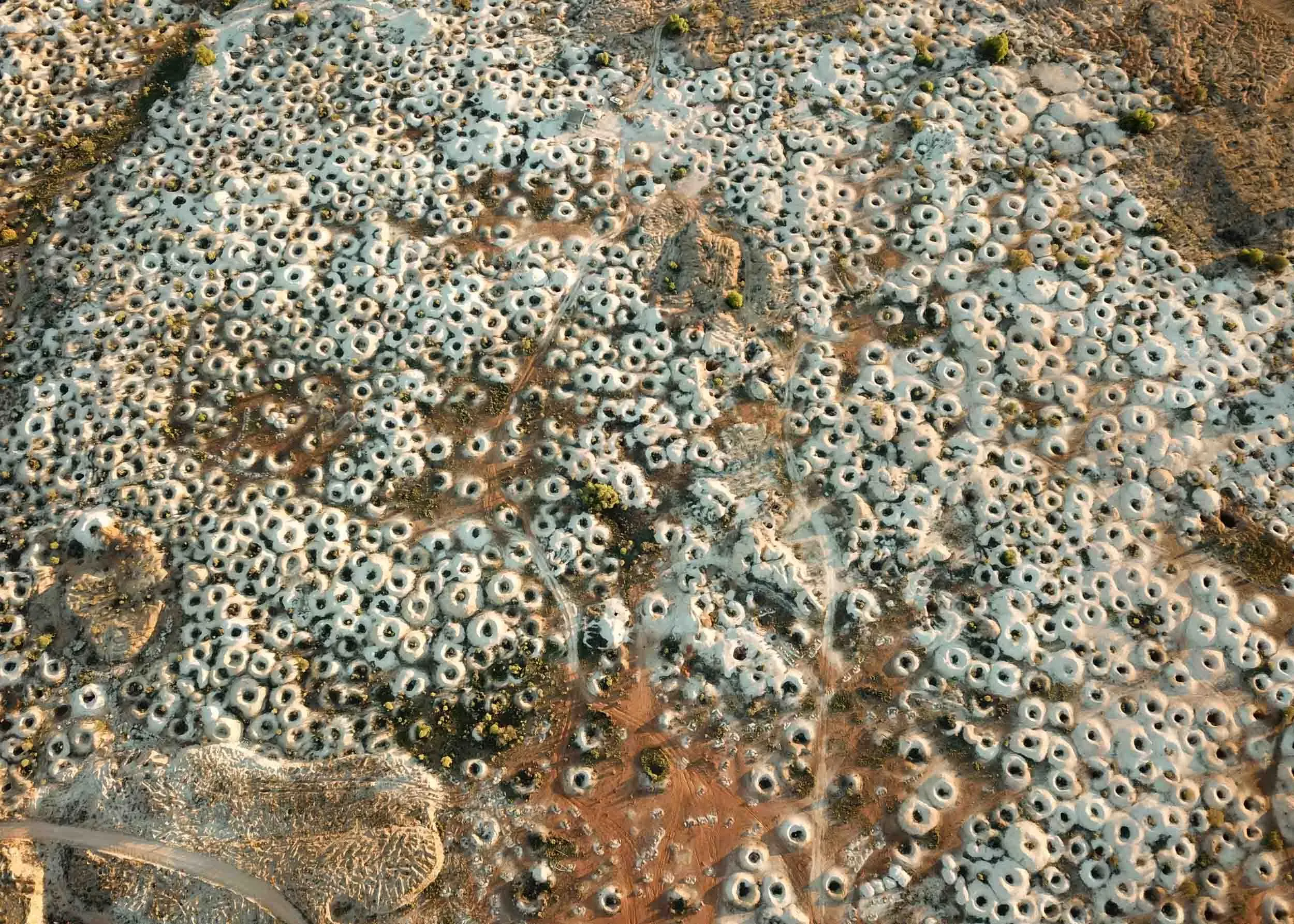
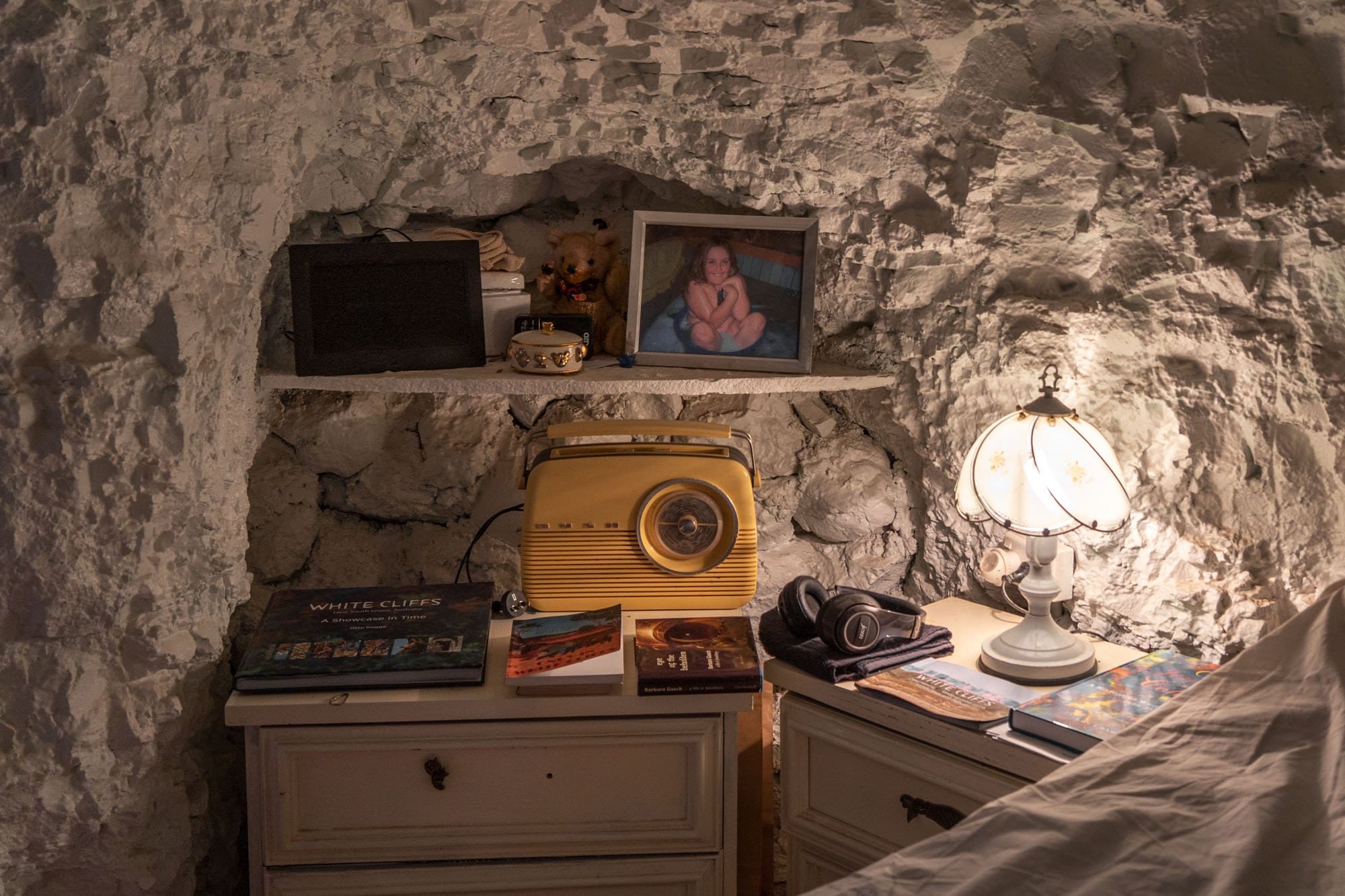
What does your creative process look like? How do you get inspired, and when do you create your best work?
Marco’s workflow is deeply rooted in the traditions of documentary photography. Once he identifies a main theme, the real work begins: research. He dives into the history, the people, current issues, and any relevant context—everything he can gather to better understand what (or who) he’s capturing. “Sometimes,” he says, “ the act of actually making photographs ends up being the smallest part of the process”.
Connection is just as important as research. March emphasises that forming relationships with his subjects is key. His best work often comes from long-term projects, where he’s had time to build genuine, meaningful connections.
“Although it’s impossible to fully capture the essence of an individual or a community through photographs, I aim to create images that offer at least a glimpse of who the main characters in my story are, with some depth and nuance.”

What inspired your portfolio submission for Hidden In Plain Sight? And what themes are you drawn to as an artist?
"I heard about the open call and immediately knew my project was a perfect fit for the theme," Marco explained. "The community I lived with and photographed has built an entire life underground."
“If you drive through the town of White Cliffs, in the Australian Outback, you might only notice a few anonymous buildings above ground and some doors leading to subterranean caves. But the local community was incredibly welcoming, allowing me access to their underground world and daily life. That’s when I realised this place had much more to reveal than what first meets the eye.”
Marco emphasises that his work focuses primarily on "the relationships humans have with their immediate environment" and the diverse meanings of "home" across cultures—both as a physical space and an abstract concept. "Naturally," he explains, "when I discovered the existence of this underground community in the heart of the desert, I was immediately fascinated by it."
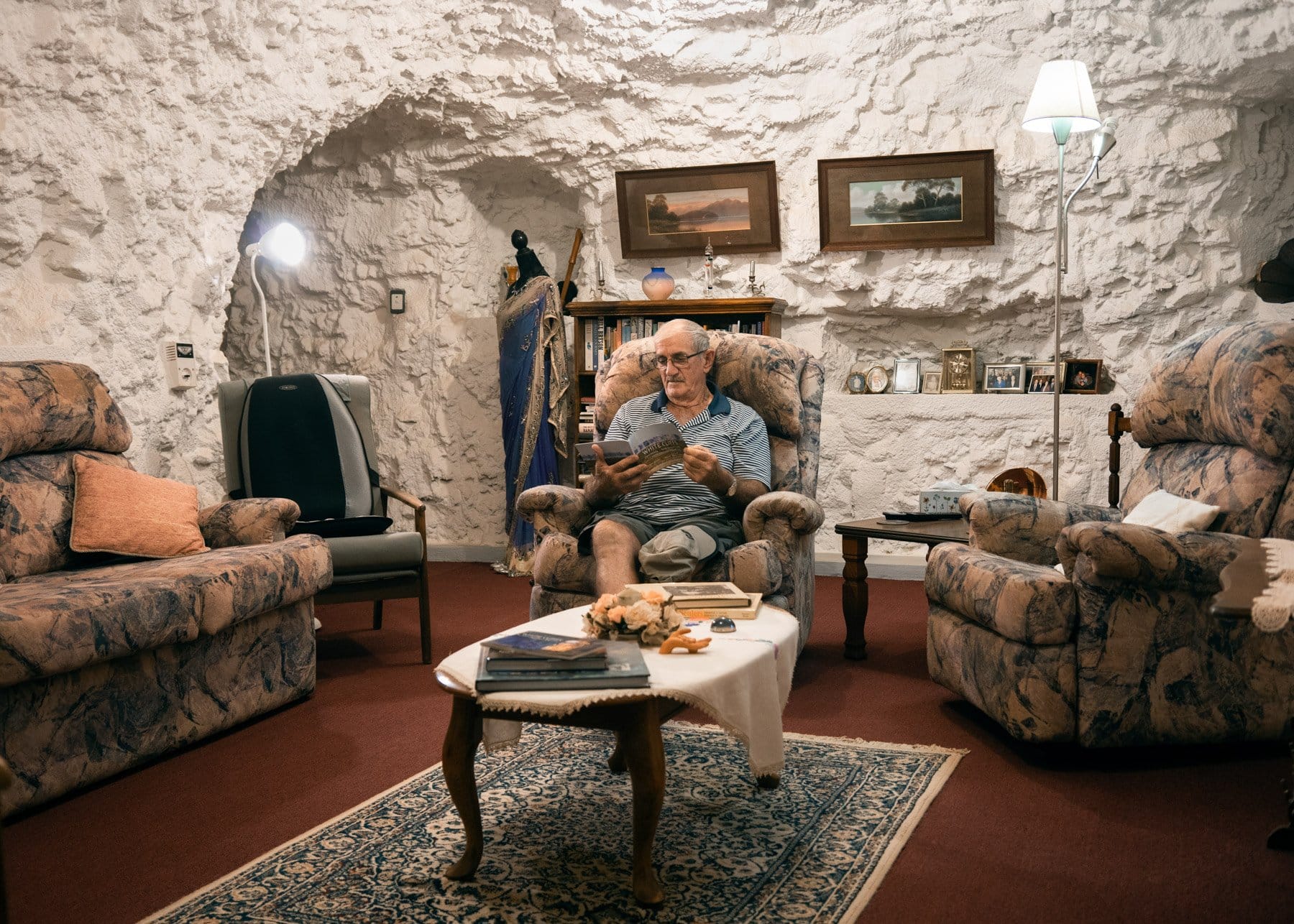
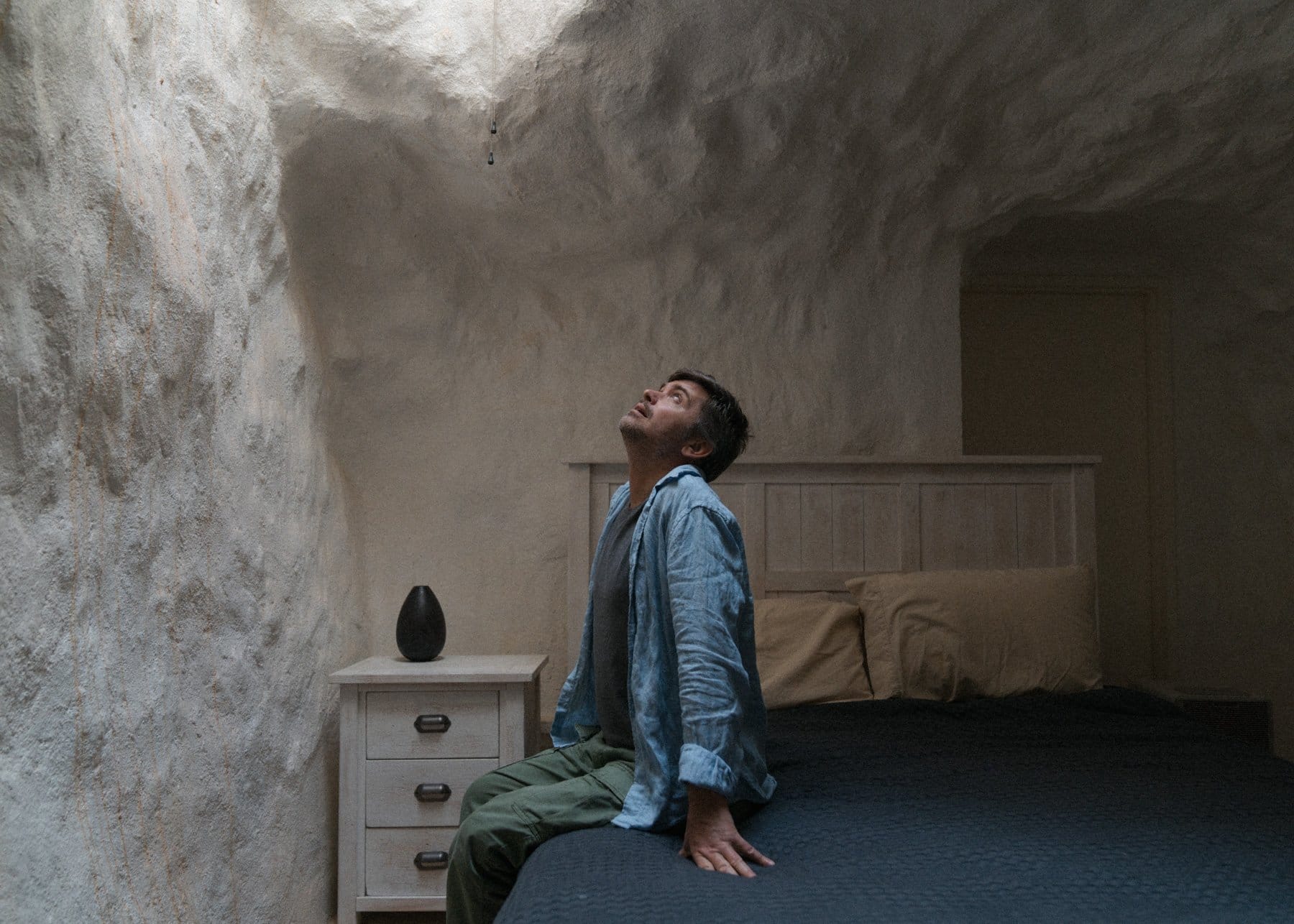
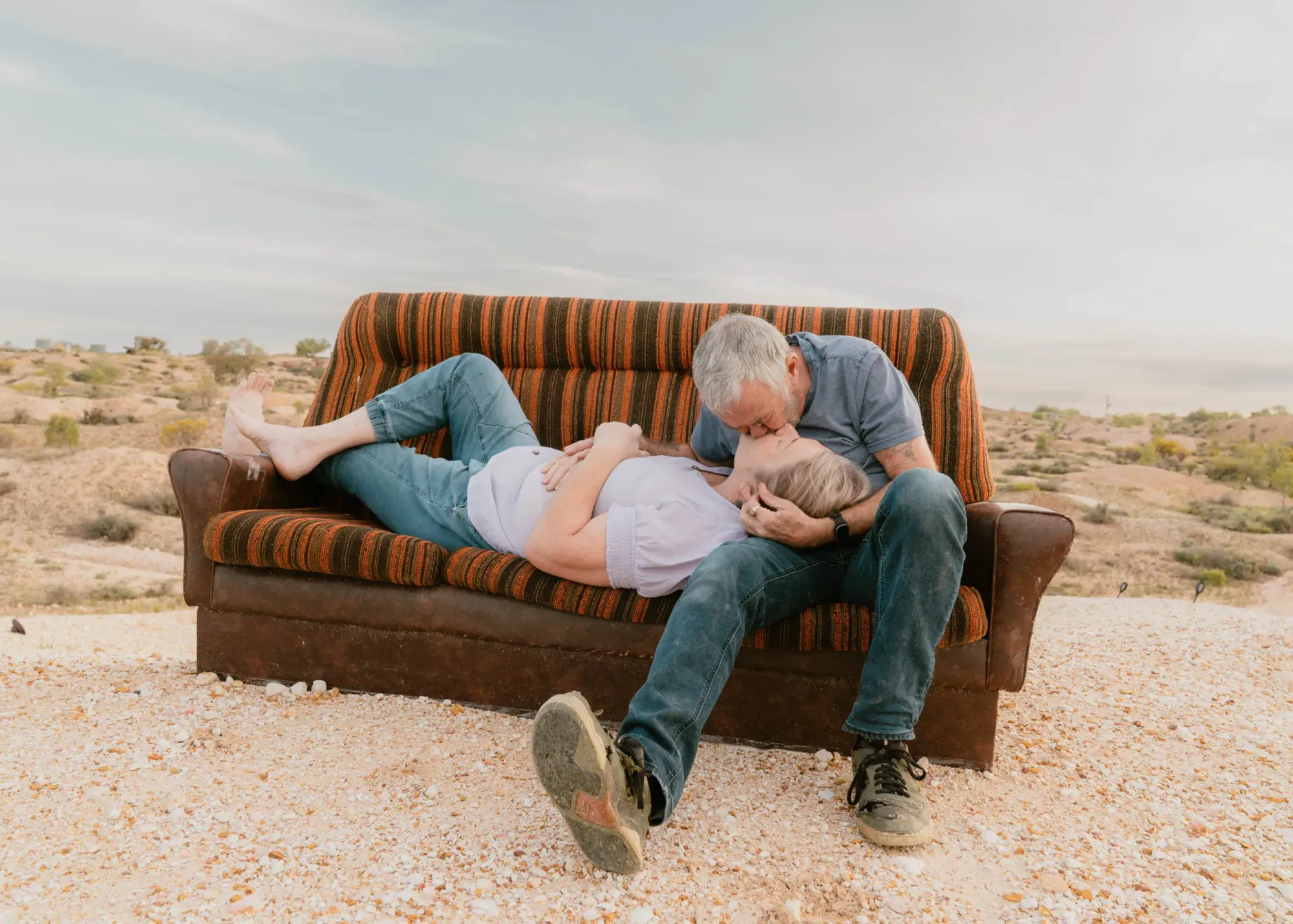
What has your experience been like with Playbook and how has Playbook helped you on your creative journey?
Marco says that discovered Playbook only recently through this competition, but that it was fun to present his portfolio in a way that “tells a story in such an engaging and immediate” format.
“I think it will be a great way for me to create presentations of story ideas I want to pitch clients, or easily share visual assets with anyone in a way that feels efficient and organised.”
When asked what the weirdest thing he had in his Playbook was, Marco says that he uploaded a random image from his desktop to test the platform. “It was a screenshot of a low-cost airline’s baggage policy,” he jokes, “riveting stuff”.
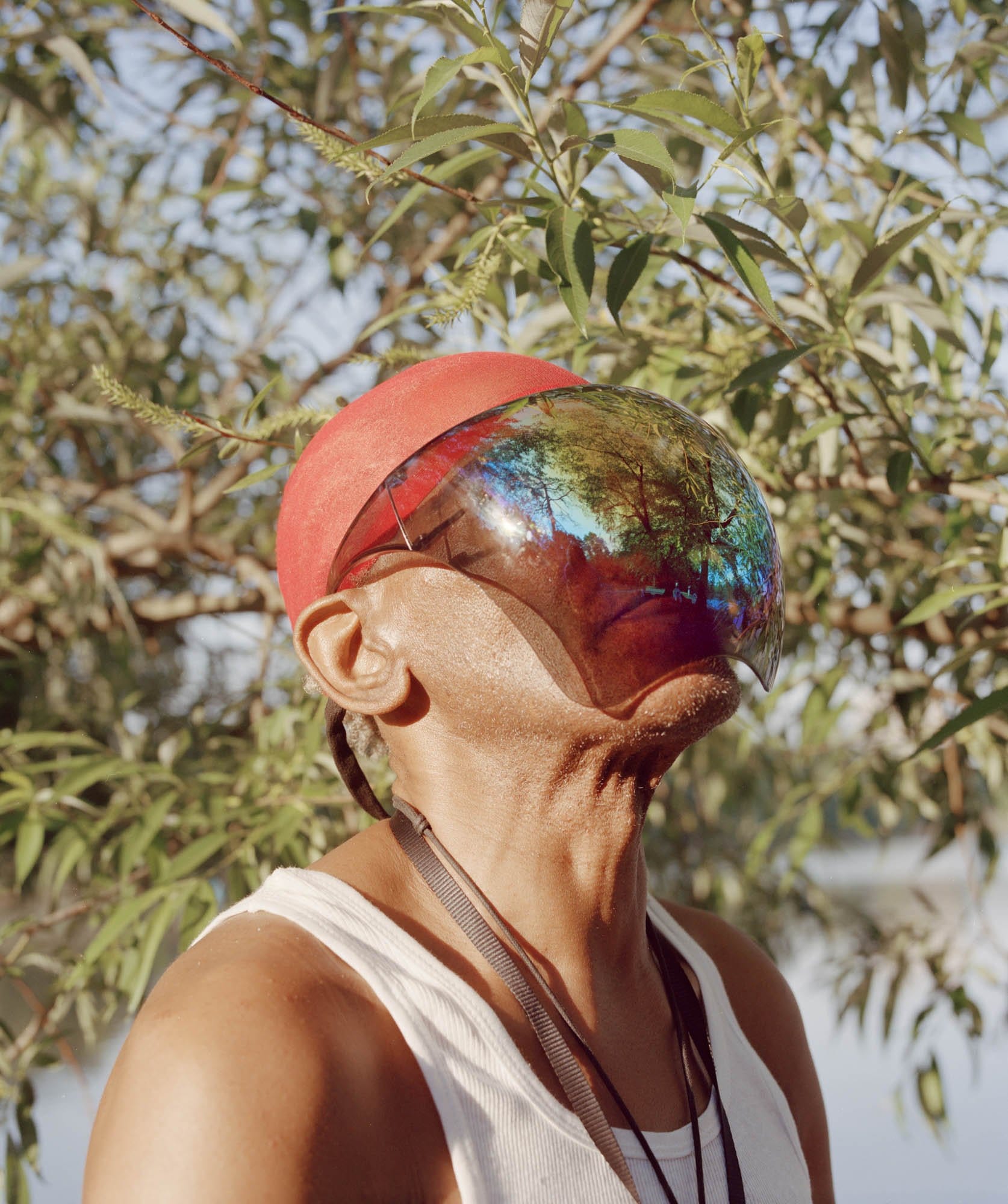
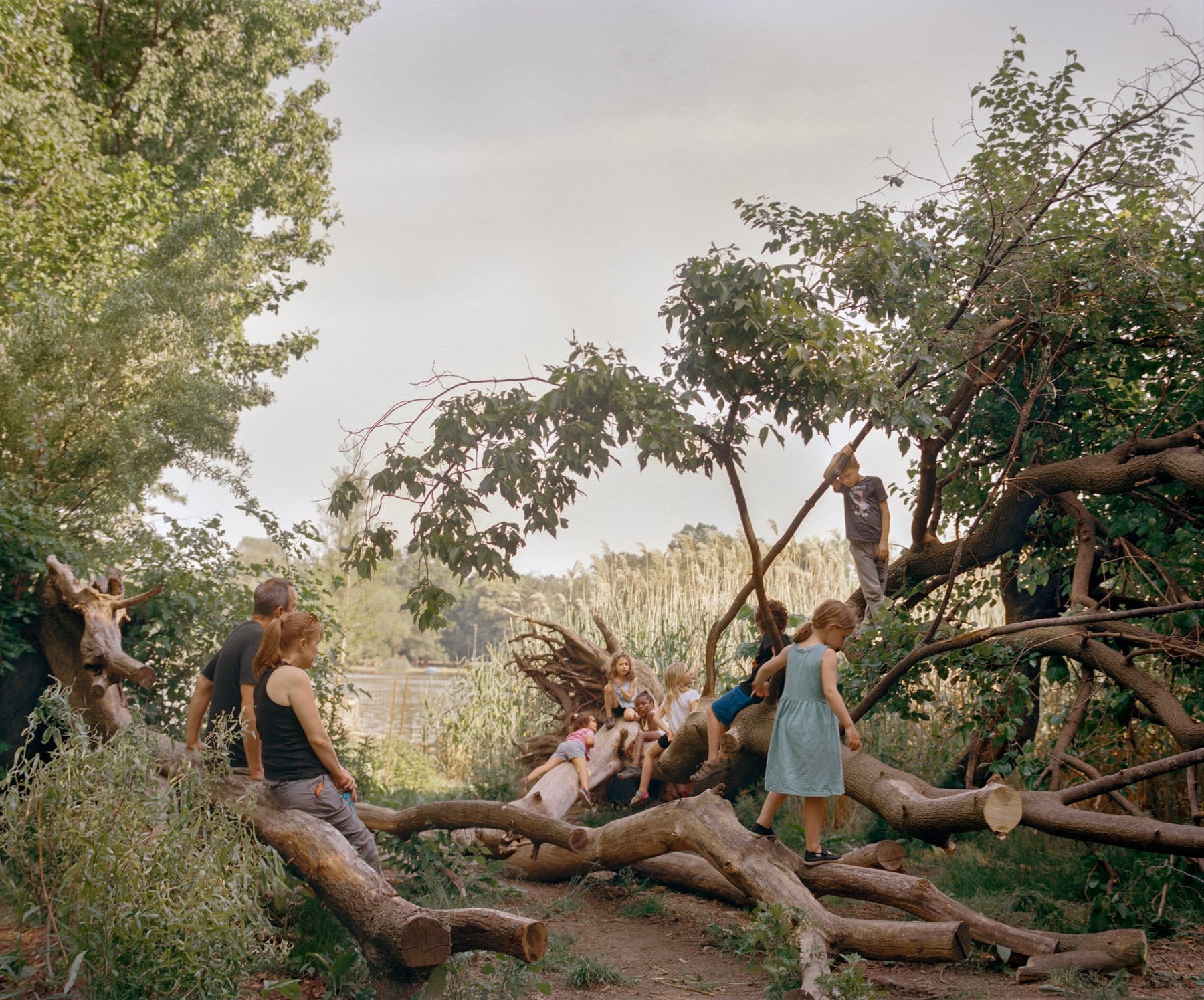
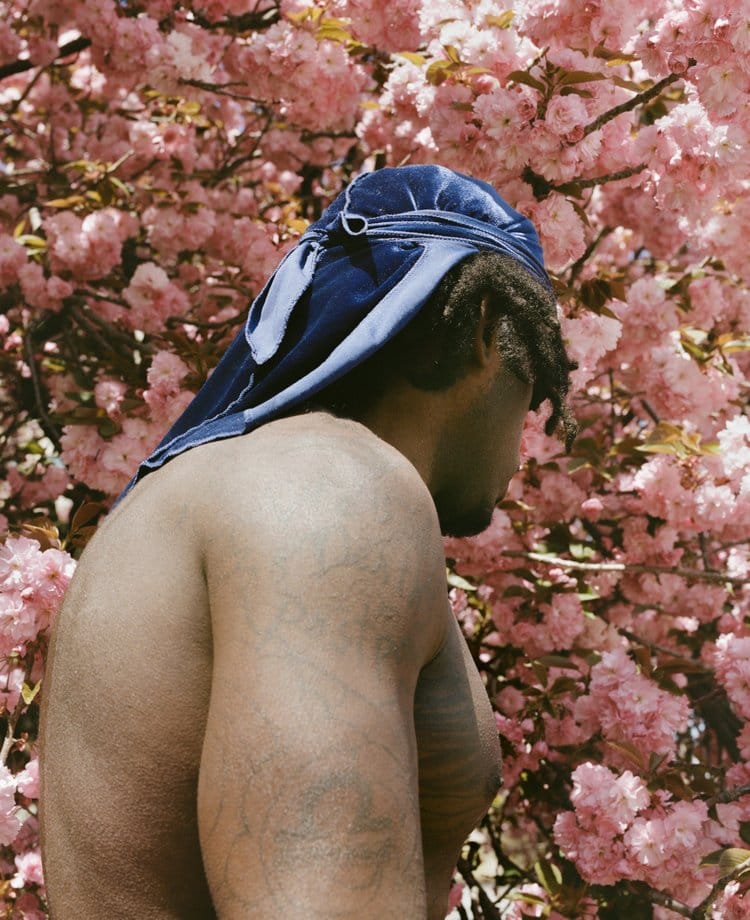
Work from another series by Marco, Sanctuary, exploring how people interact with and find a connection with nature through urban green spaces in New York City.
There’s something magical about discovering what most people miss. Through Elsewhere, Marco invites us into a world hidden in plain sight.
👉 Want to keep exploring? Check out more of Marco’s storytelling on his Playbook page! Marco’s work doesn’t just document—it connects. His lens gives voice to stories that deserve to be seen and shared.
